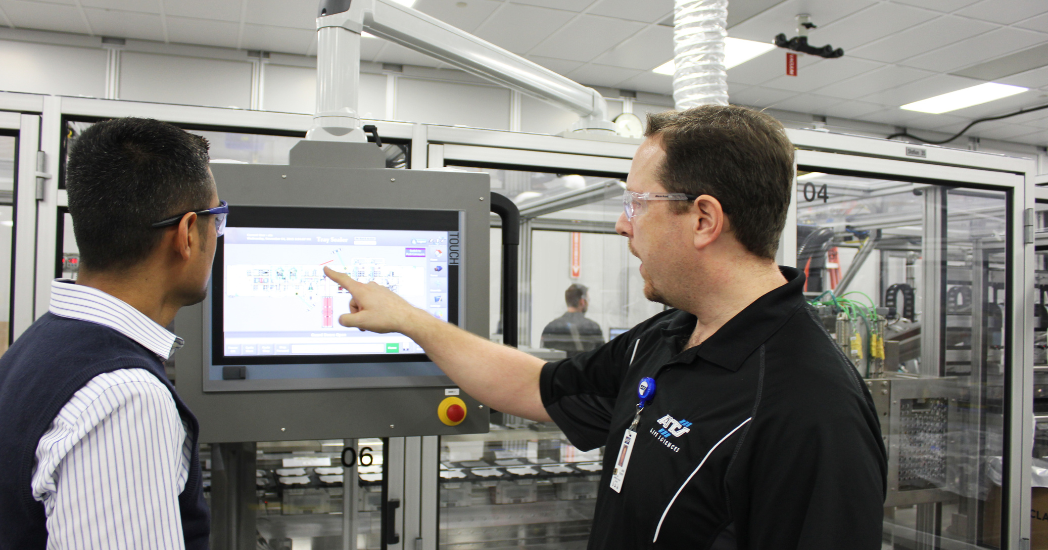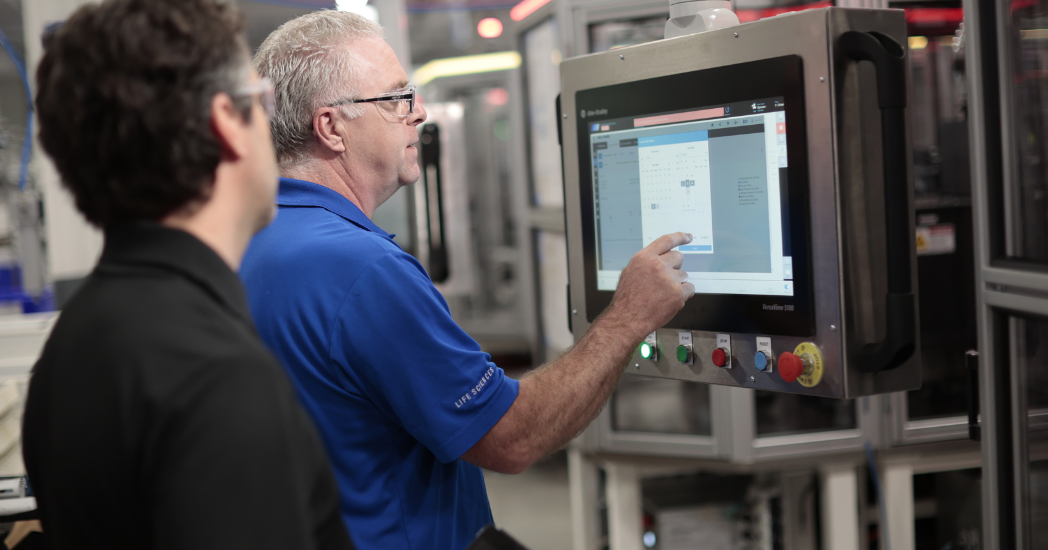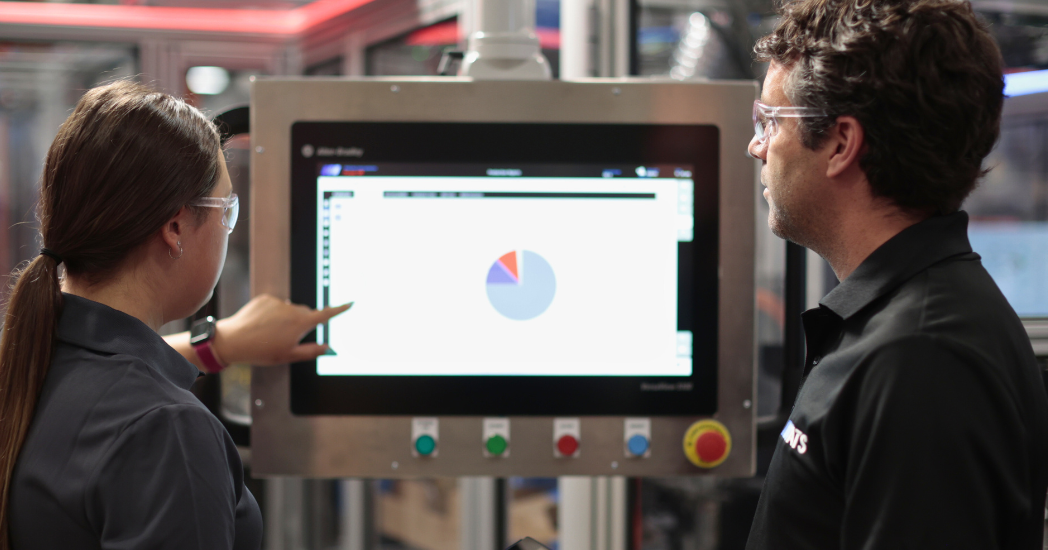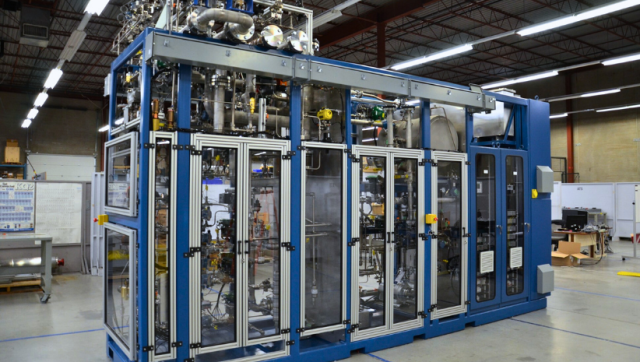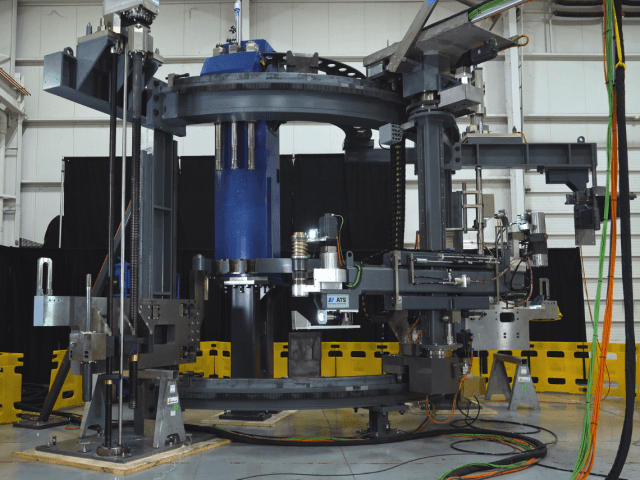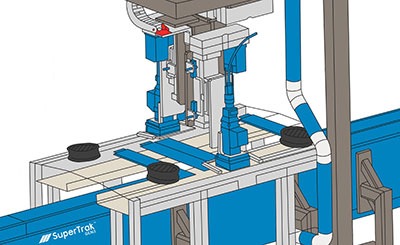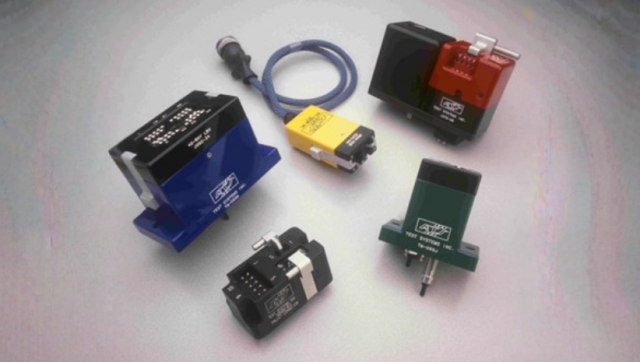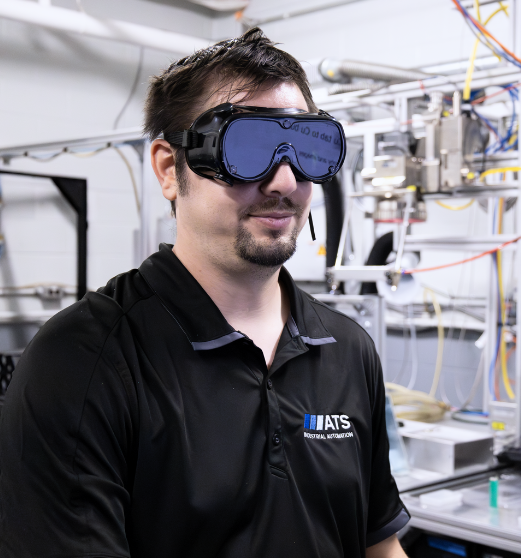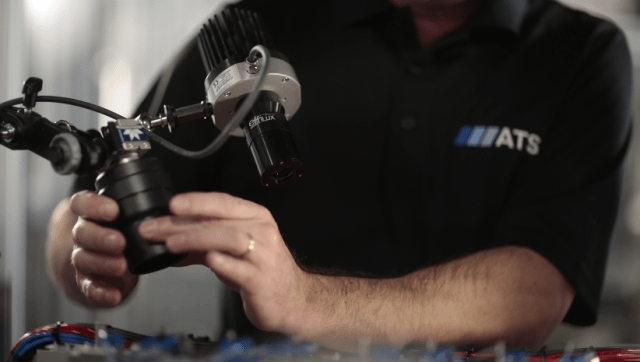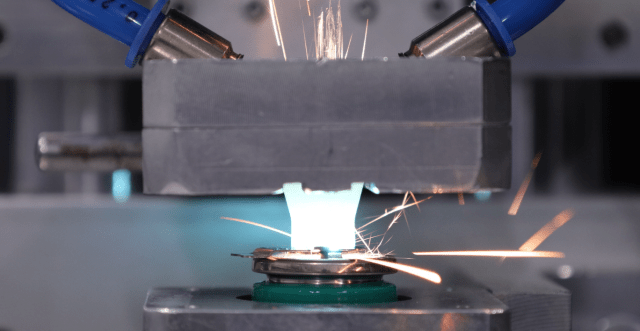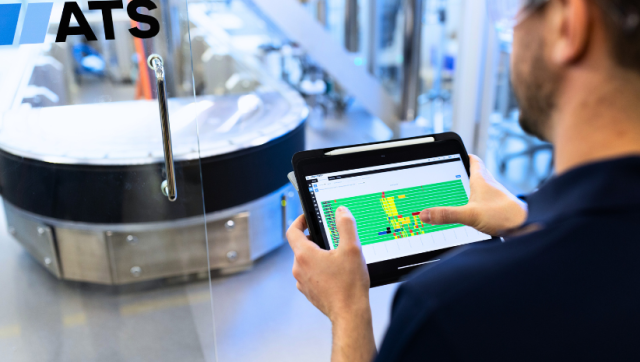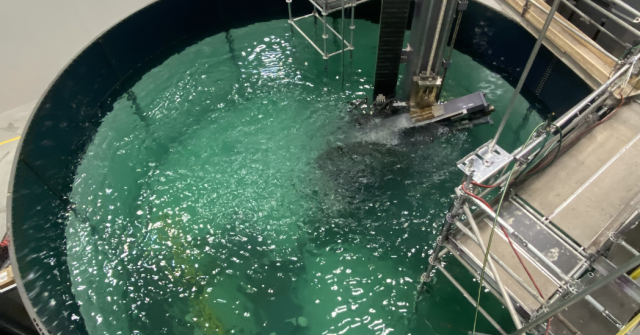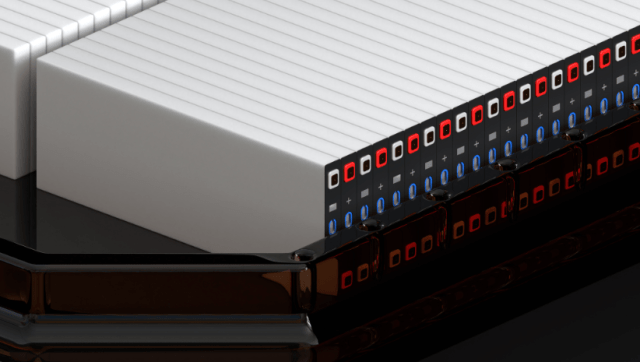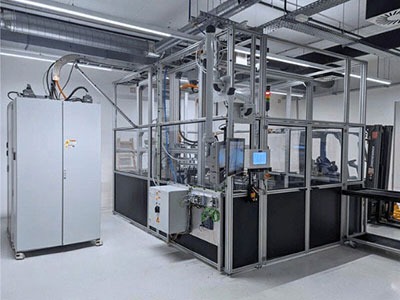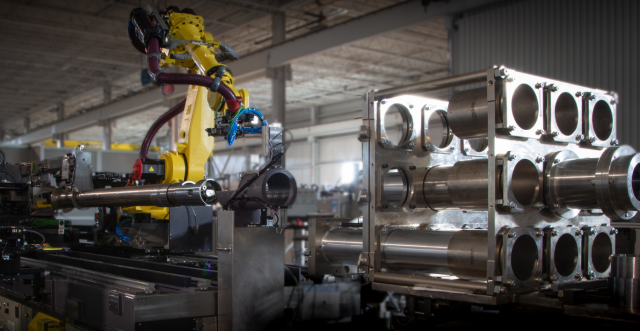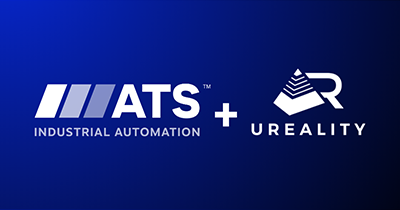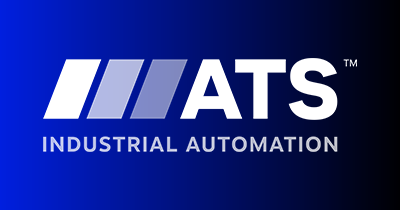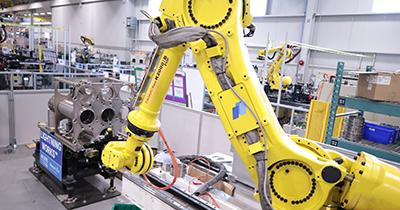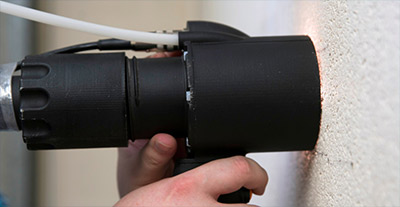
We offer robust, reliable, and customized electrical testing solutions to ensure the performance, safety, and compliance of electrical components and systems. Our assembly testing automation systems incorporate advanced Data Acquisition (DAQ) systems and instruments, including multimeters, oscilloscopes, power analyzers, and insulation testers for verifying voltage, current, resistance, capacitance, and other electrical properties.
With 40 years of engineering and testing expertise, we help companies identify, optimize, and implement testing procedures for both inline and end-of-line manufacturing. Trust us to enhance the quality and reliability of electrical components and systems with proven testing solutions.
Customer Challenges
Ramping up production efficiently and cost-effectively to meet growing demand.
Managing variability of multiple product designs and form factors.
Optimizing testing and identifying where and when in the process to conduct testing.
Training employees on how to maintain new technology and equipment.
Every testing project is unique. Allow us to listen to your challenges and share how automation can launch your project on time.
What Are Electrical Tests?
Electrical testing helps determine the effectiveness of materials and components that utilize electricity. We work with companies to establish electrical testing needs and methodologies and deliver complete automated test systems tailored to specific application, industry, and assembly production requirements.
Why Test Electrical Properties?
Quality Control and Assurance
Verify that electrical properties such as voltage, current, resistance, and capacitance of a finished product meet the manufacturer’s specifications.
Optimized Performance
Identify areas for improvement and fine-tune electrical designs to optimize the performance of electrical devices, circuits, and systems.
Safety Compliance
Ensure compliance with safety standards and regulations and minimize the risk of electrical hazards.
Troubleshooting & Predictive Maintenance
Avoid the expense of shipping equipment to secondary facilities.
Support Research & Development
Help characterize materials, components, systems, and new technologies and innovations in the development phase.
Improve Energy Efficiency
Assess energy consumption, power quality, and efficiency in electrical systems and identify opportunities for energy savings.
Electrical Property Testing Methods
Companies with innovative ideas need a trusted partner with the manufacturing knowledge to move from concept through pilot to full global production. We provide high-value, high-speed assembly and test solutions across established and emerging grid energy storage technologies.
Current Test
Current Test Current tests measure the flow of electric charge through a conductor or component to assess power consumption, load characteristics, and circuit behavior. This helps diagnosing circuit functionality, identifying overloads, faulty wiring and ensure components operate within specified current ranges.
Resistance Test
Resistance tests measure the opposition to current flow within a circuit using tools like ohmmeters or multimeters to ensure components such as resistors, conductors, and connections are functioning within their specified resistance range. Any anomalies in resistance testing can indicate problems such as short circuits, open circuits, or degraded insulation.
Impedance Test
Impedance tests assess the total opposition to the flow of alternating current in a circuit, comprising resistance, capacitance, and inductance. This test is crucial for analyzing the performance and integrity of AC circuits and systems. It can be used to help identify component degradation, improper connections, or circuit faults.
Power Test
Power tests measure the rate at which electrical energy is transferred or converted within a circuit or system. This helps evaluate the efficiency and performance of electrical devices and systems. It is also used to determine power consumption, identify energy losses, and verify that systems operate within specified power ratings.
Phase Test
Phase tests determine the relative timing of two waveforms in an AC circuit. It helps assess phase relationships, power factor correction, and phase synchronization. Phase tests can identify phase imbalances, verify the alignment of multi-phase systems, and detect issues such as incorrect wiring or component faults.
Harmonic Test
Harmonic tests measure the presence and amplitude of harmonic frequencies in an electrical signal. Harmonic distortion can affect the performance of electrical systems and damage electrical equipment. This test ensuring signal quality and compliance with standards within manufacturing, data centers, and utilities, where maintaining power quality and system reliability is critical.
Insulation Resistance Test
Electrical insulation resistance tests measure the resistance of insulation materials used in electrical components and systems. It helps assess the integrity of insulation and detects any insulation breakdown or degradation before there is current leakage and electrical faults. Utilities, grid storage, telecommunications and manufacturing companies use this test to help ensure continuous operations and safety compliance.
Signal Analysis Testing
Signal analysis tests examine and interpret electronic signals to assess performance, identify issues, and ensure system integrity. Used in telecommunications, aerospace, defense, and automotive, it can detect anomalies, noise, and other disruptions in signals across various frequencies.


